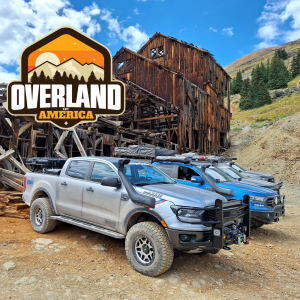- Joined
- Jan 13, 2019
- Messages
- 1,378
- City
- Pennsylvania
- Vehicle Year
- 2004
- Engine
- 3.0 V6
- Transmission
- Automatic
- My credo
- My world is filled with stuff that needs to be fixed
I remember well laughing about this antique when it came out around '86. I couldn't believe they had designed such a throwback - iron block and heads, pushrods and 2 valves per cylinder. But I get it now - it was an inexpensive power source for mass produced vehicles, and even though the architecture was simple it was well done. Roller lifters and rockers, Ford's fulcrum rocker arms, aluminum (and now plastic) intake with port injection, properly balanced. In my 2004 it's a smooth and powerful engine, well matched to to the weight of the truck and the 4:10 gear. If the truck were heavier or the gears taller it would probably be a dog, but that's not the case.
Since my other car is in the shop I've been driving the Ranger again, and it's been running great after the timing cover work. I forgot just how well it goes, even with a bed full of packed snow.
Since my other car is in the shop I've been driving the Ranger again, and it's been running great after the timing cover work. I forgot just how well it goes, even with a bed full of packed snow.













